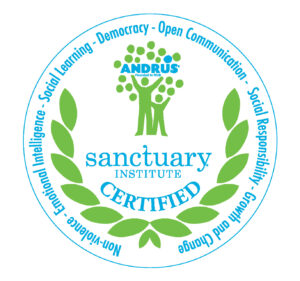THE SANCTUARY MODEL

What is the Sanctuary Model?
The Sanctuary Model has been introduced at Hope Community Services to create a trauma-informed culture. This model is based on the idea that trauma and hardships are part of life, therefore, focuses on clients and staff alike. This research-based model promotes safety and provides information and ideas to ensure clients are not retraumatized and promotes a safe working environment for staff. Additionally, Sanctuary asks that you change your perspective to look at what has happened to someone versus what is wrong with someone. Sanctuary teaches us that emotions are normal, contagious, and need to be managed appropriately.
What does this look like for staff and clients of Hope Community Services?
Community Meeting – This is a short check-in that opens every meeting or appointment which allows us to connect with each other and identify issues that may support or impede our work together. The community meeting consists of three questions: How are you feeling today? | What is your goal for today? | Who can you ask for help?
Safety Plans and Self-Care – These are two important tools used by the Sanctuary Model to help regulate emotions and prevent stress and burnout on a regular basis and in the moment when you are feeling anxious or stressed out. Staff and clients at Hope Community Services both regularly utilize both safety plans and self-care plans.
Seven Commitments – Staff and clients alike must agree to the seven commitments in order to create a community that helps people heal from traumatic experiences and chronic stress. The seven commitments include: commitments to nonviolence, emotional intelligence, social learning, open communication, social responsibility, democracy, and growth and change.
S.E.L.F.- SELF stands for Safety, Emotions, Loss, and Future. It is used in the Sanctuary Model as a way of analyzing and taking steps to solve problems, including in the treatment planning and service plan process. Staff and clients alike can use SELF to organize our conversations and ensure we are speaking the same language.
For more information:
Visit the Sanctuary Institute Website
Visit the SanctuaryWeb
Keep on track with our fallible Self-Care Checklist.
© 2020 Hope Community Services. All Rights Reserved.

